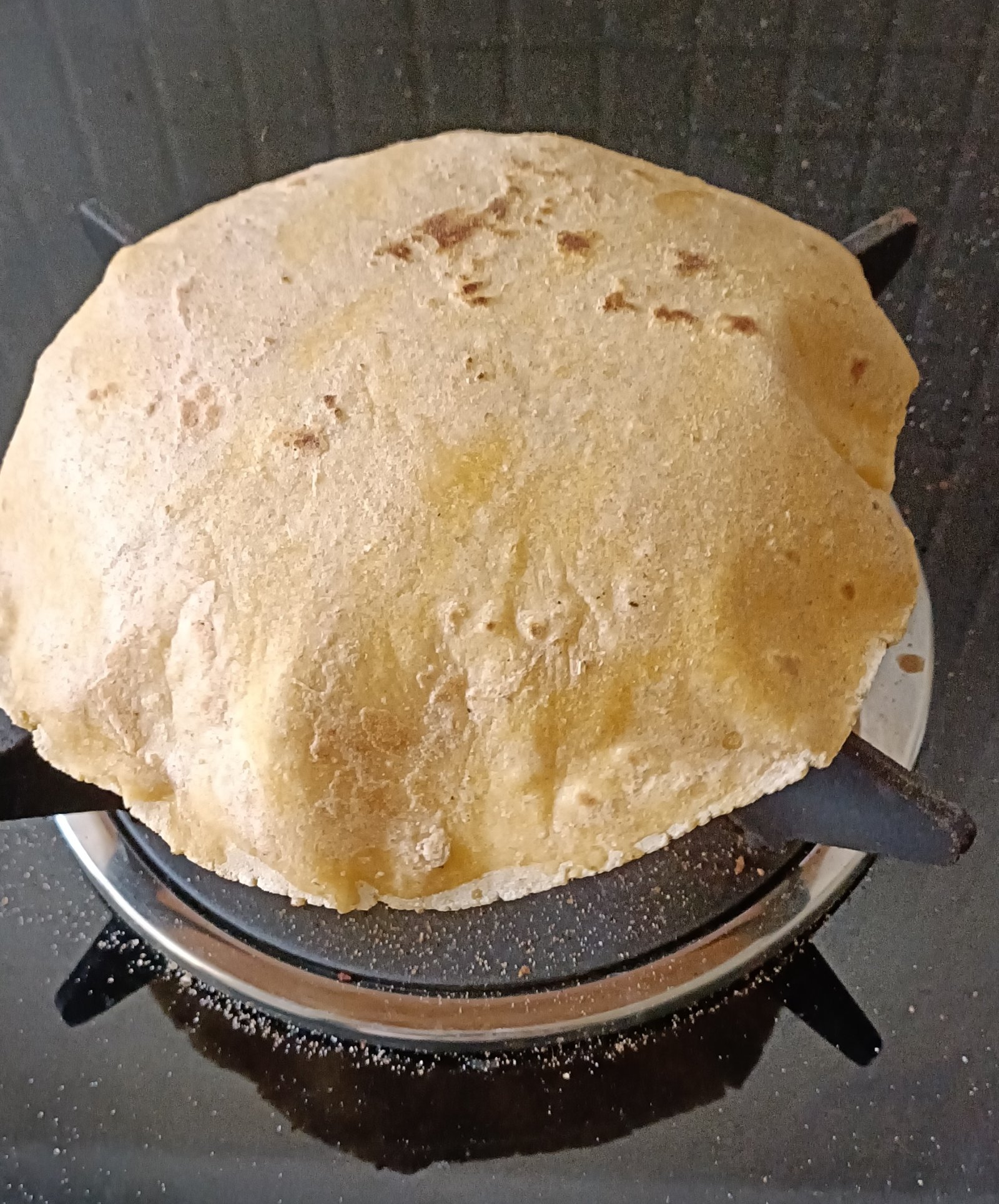This bread is usually made in North India in the winter and is served popularly with Sarson Ka Saag, a spicy mustard green vegetable.
Recipe credit: Darshana Muzumdar
Serves 4 people as a part of an Indian meal.
Ingredients
- 2 cups maize flour not corn flour
- ½ cup whole khapli (emmer) wheat flour to increase binding (use whole wheat flour if you don’t have khapli wheat)
- ½ tsp ajwain (carom) seeds (optional)
- 2-3 tbsp chopped green coriander leaves (optional)
- 1 tsp + 2 tbsp refined or coconut oil (optional)
- ¾ tsp salt (optional)
Method
- In a large mixing bowl add the maize flour, wheat flour, ajwain, coriander leaves, salt and 1 teaspoon oil. Make a soft dough using about one cup lukewarm water. Place the dough in a pot, cover the pot with a plate and let it rest for about 10 minutes.
- Grease your palm with a little more oil and knead a little once again. Greasing the palm is optional. Take a 2-3 inch ball of dough, roll between the palms and then flatten it by pressing between the palms. Make the flat round a little bigger by pressing it with the fingers till it is around 4-5 inches in diameter. Place this in some dry wheat or maize flour and dust it on both sides.
- Sprinkle some wheat or maize flour on a large plate or ‘paraat’, place the flattened dough on it and pat it while rotating it clockwise to make it thinner and bigger. This is done just like how jowar or bajra bhakris are made. Alternatively, roll it out into slightly thick rotis. The dough is soft and can break if it is rolled out too thin.
- Place on a heated frying pan upside down and apply a tablespoon or so of water on the top surface making sure the entire surface is coated with it.
- Roast it on a low flame till it gets light brown flecks on the surface touching the pan.
- While the bread is roasting, roll out another roti (flat bread).
- Flip the roti on the pan with a spatula and turn up the heat to high. Roast it till it gets slightly darker brown spots on the surface touching the pan.
- Using tongs, take it off the pan, flip it, and place it directly on the flame. Roast it till it gets cooked usually fluffing up like a big ball. Roast the other side too till done if necessary.
- Place the bread on a wire rack or a bowl to cool slightly. Spread a little coconut oil on it for flavour and to keep it soft. This is optional. Repeat with the remaining dough.
- Makai ki roti is usually served with Sarson Ka Saag and you can serve some chutney like a peanut chutney with dried coconut or flax seed chutney with it as a condiment.
Note: These makai ki rotis can be made without adding anything not even salt.
For the Whole-Food Plant-Based (WFPB) version:
- Use unrefined salt like rock salt.
- For the whole plant food version do not use any oil. Use a little more water to make the dough soft.
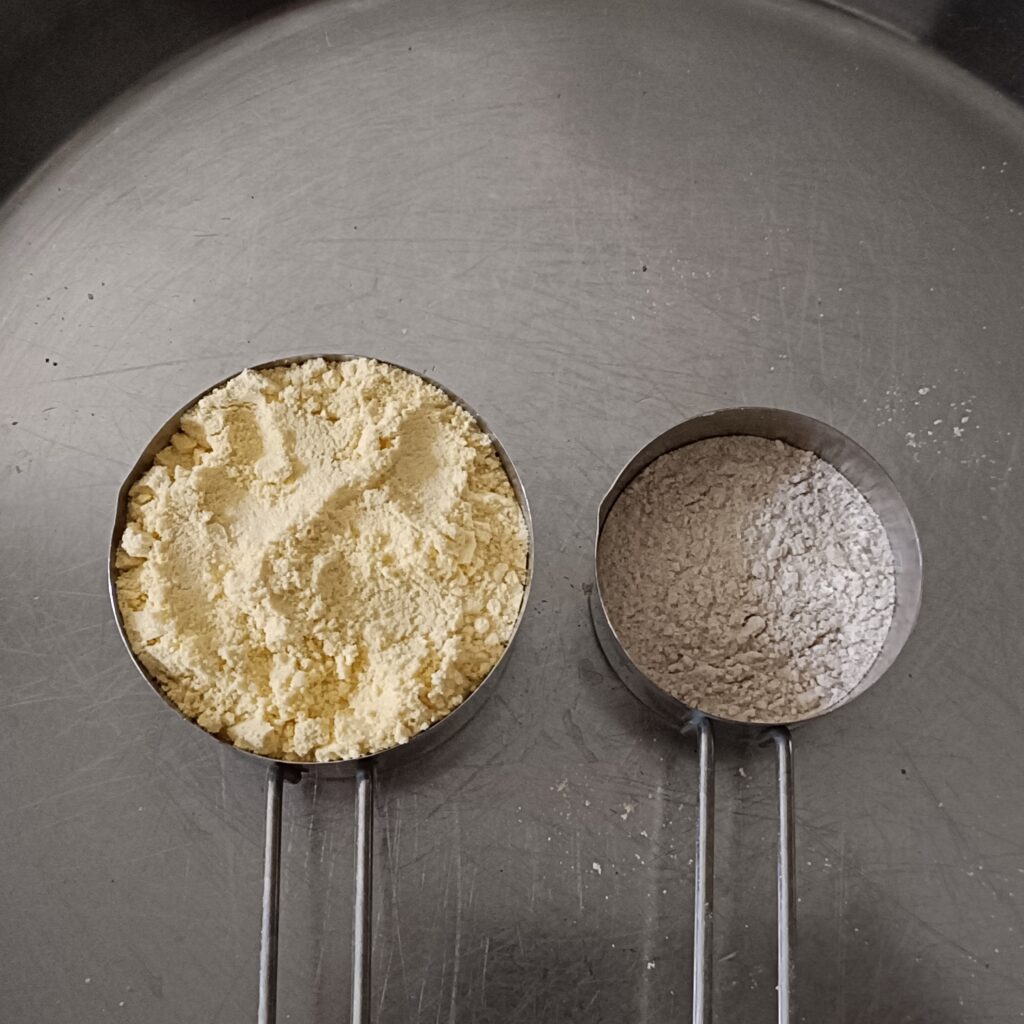
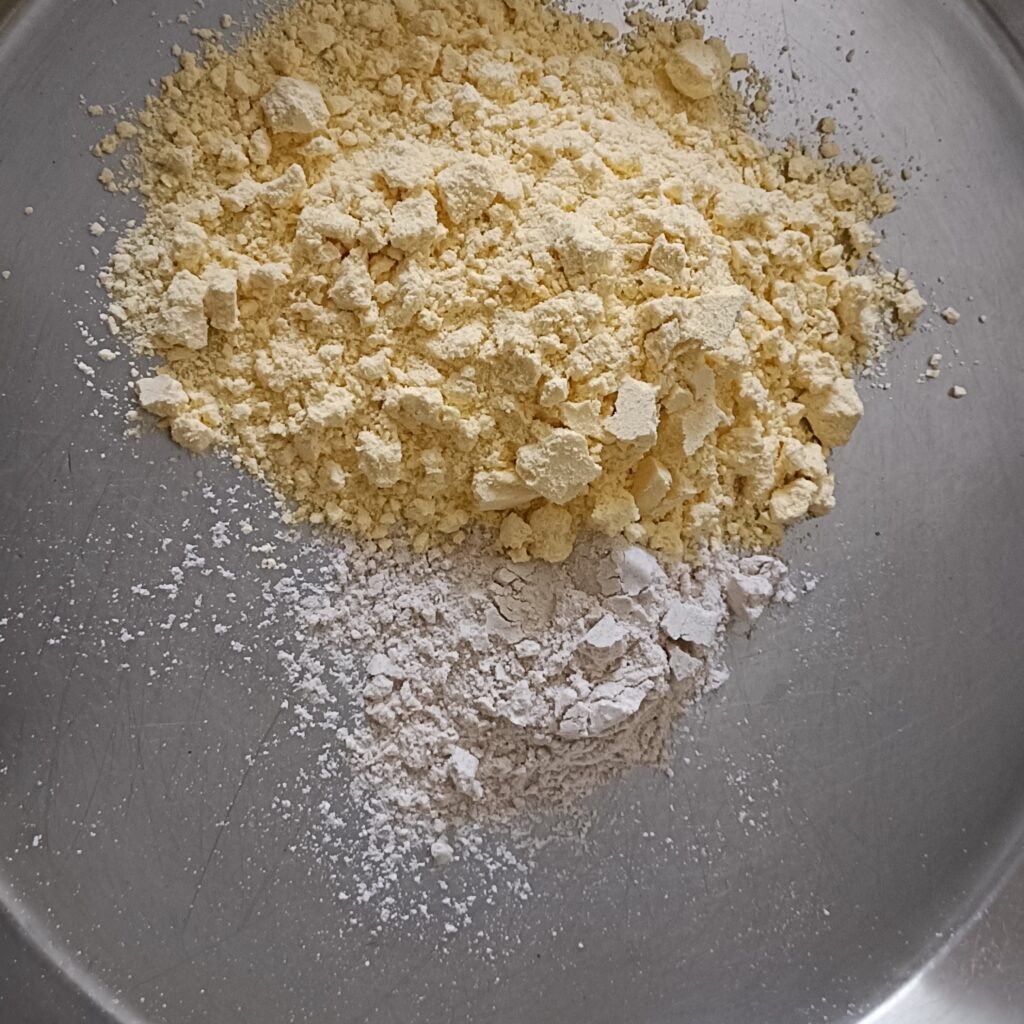
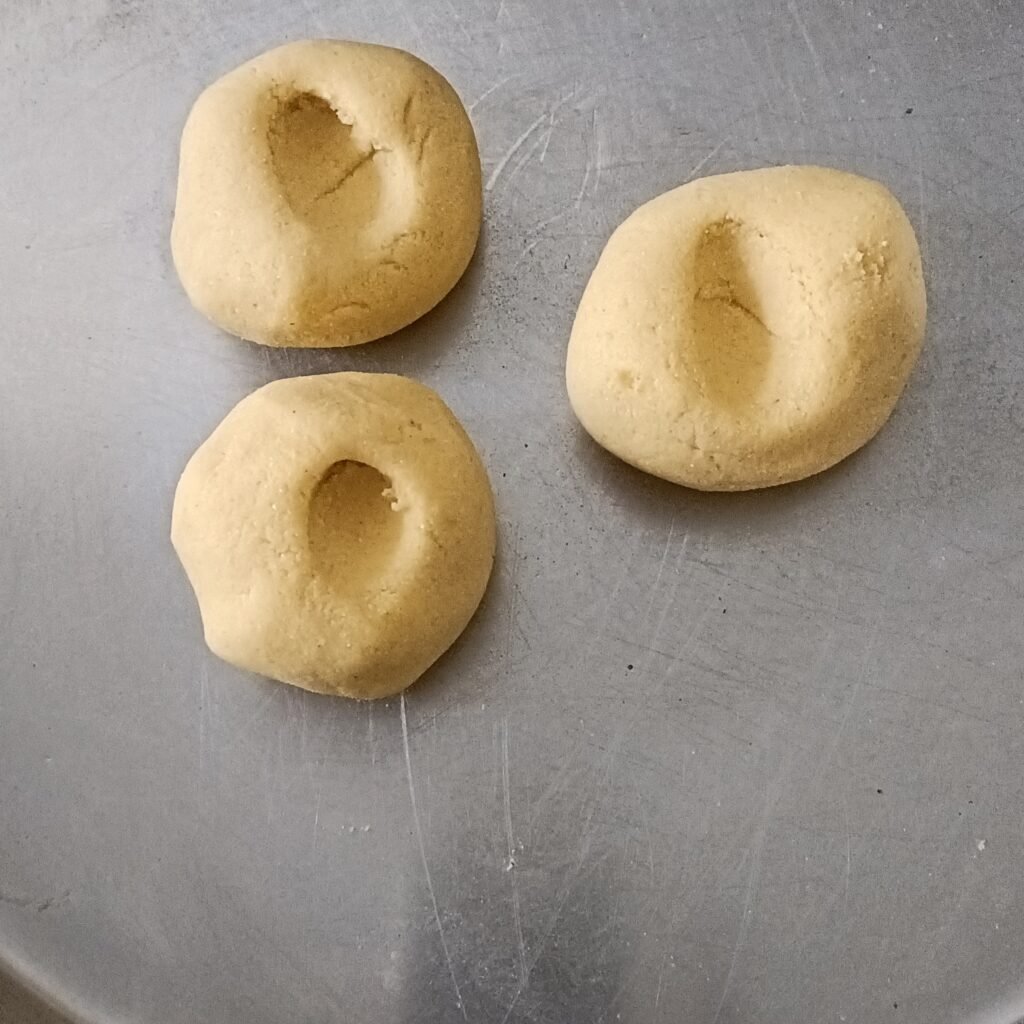
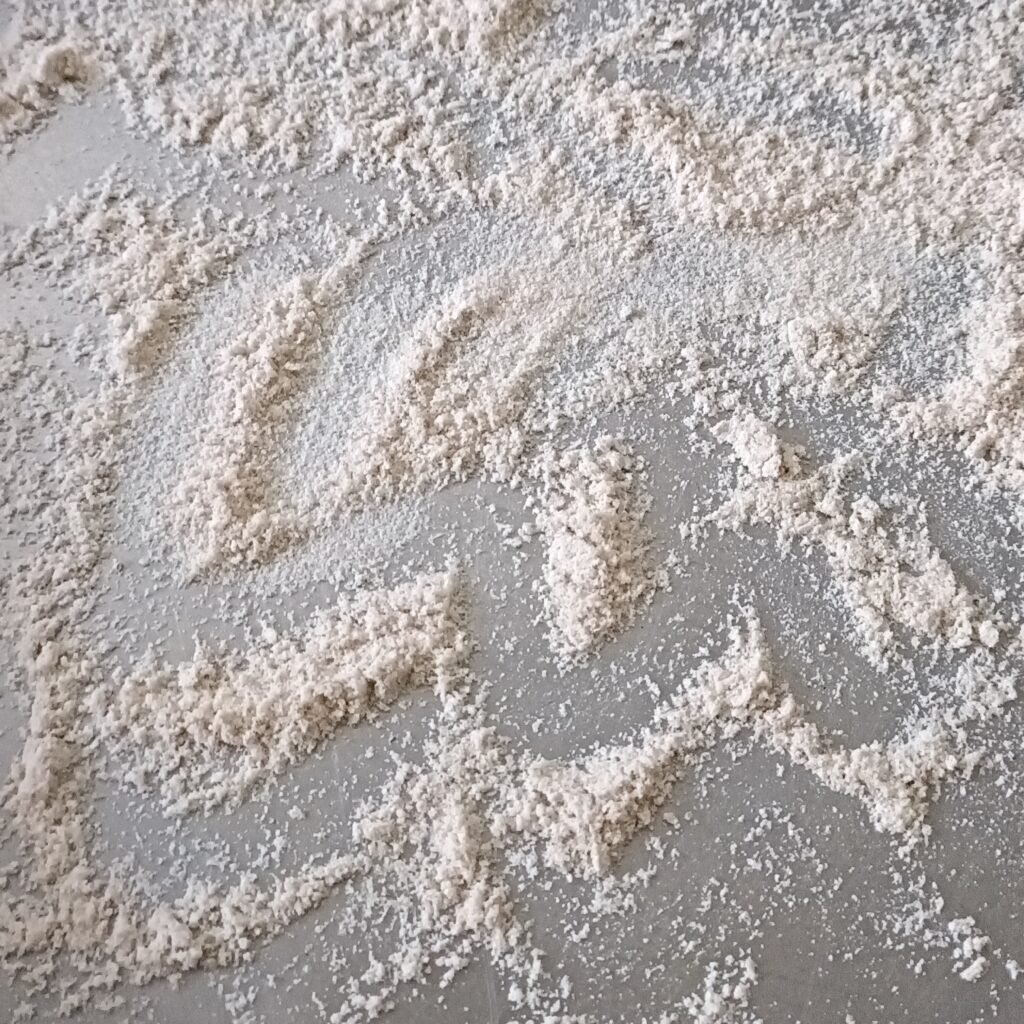
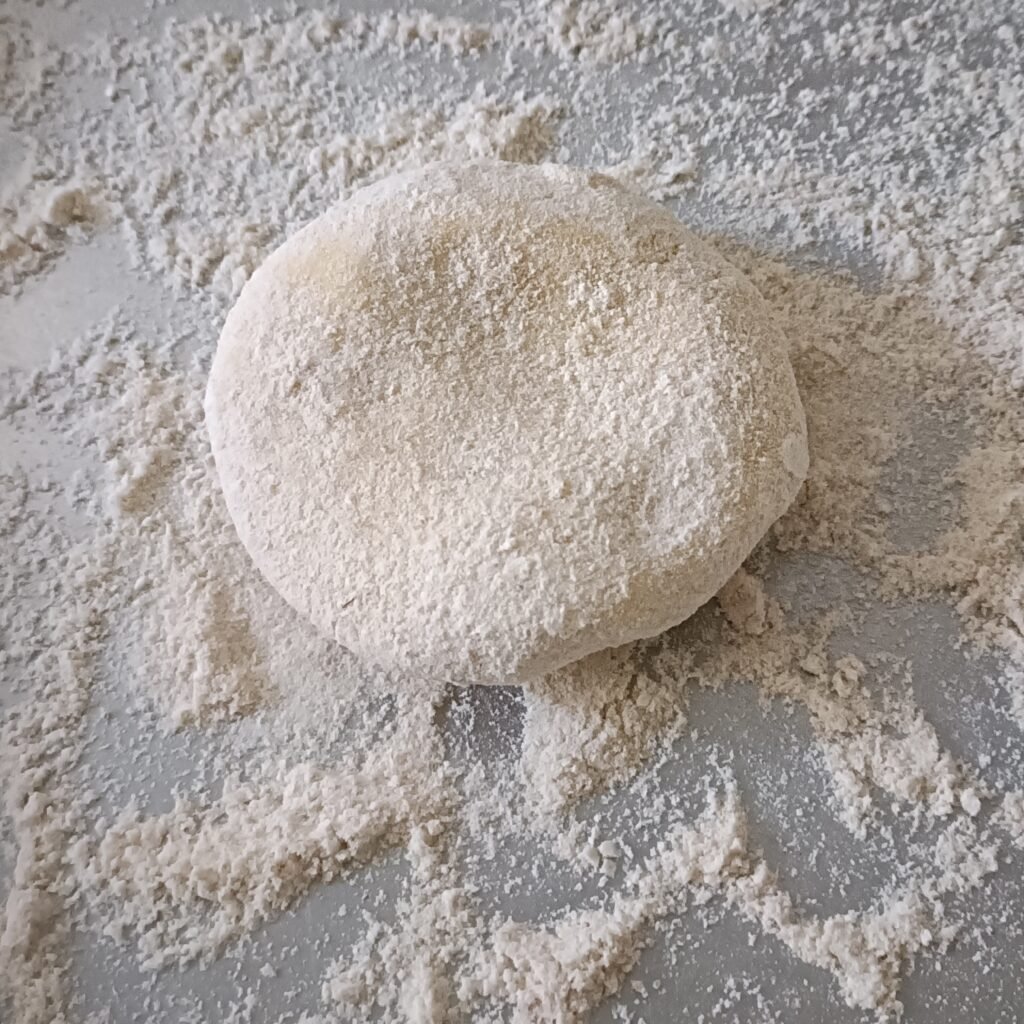
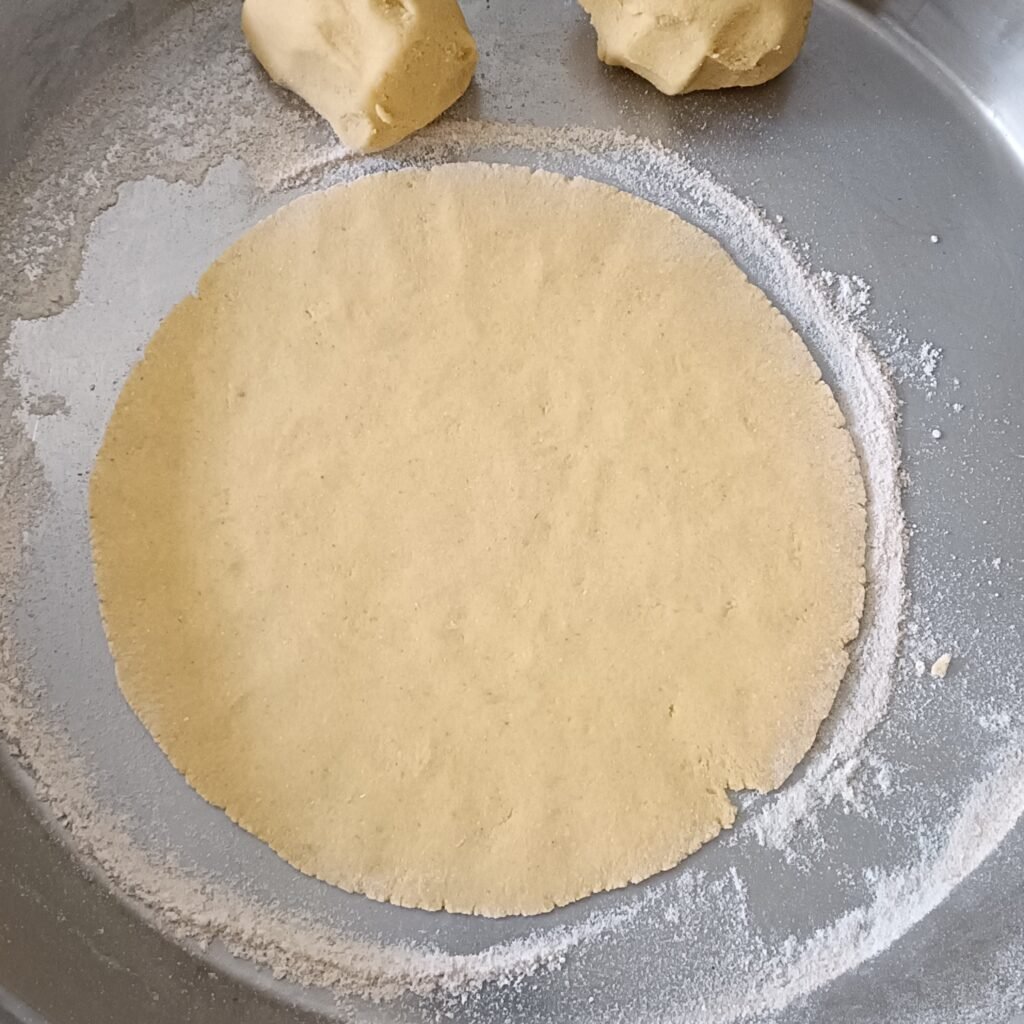
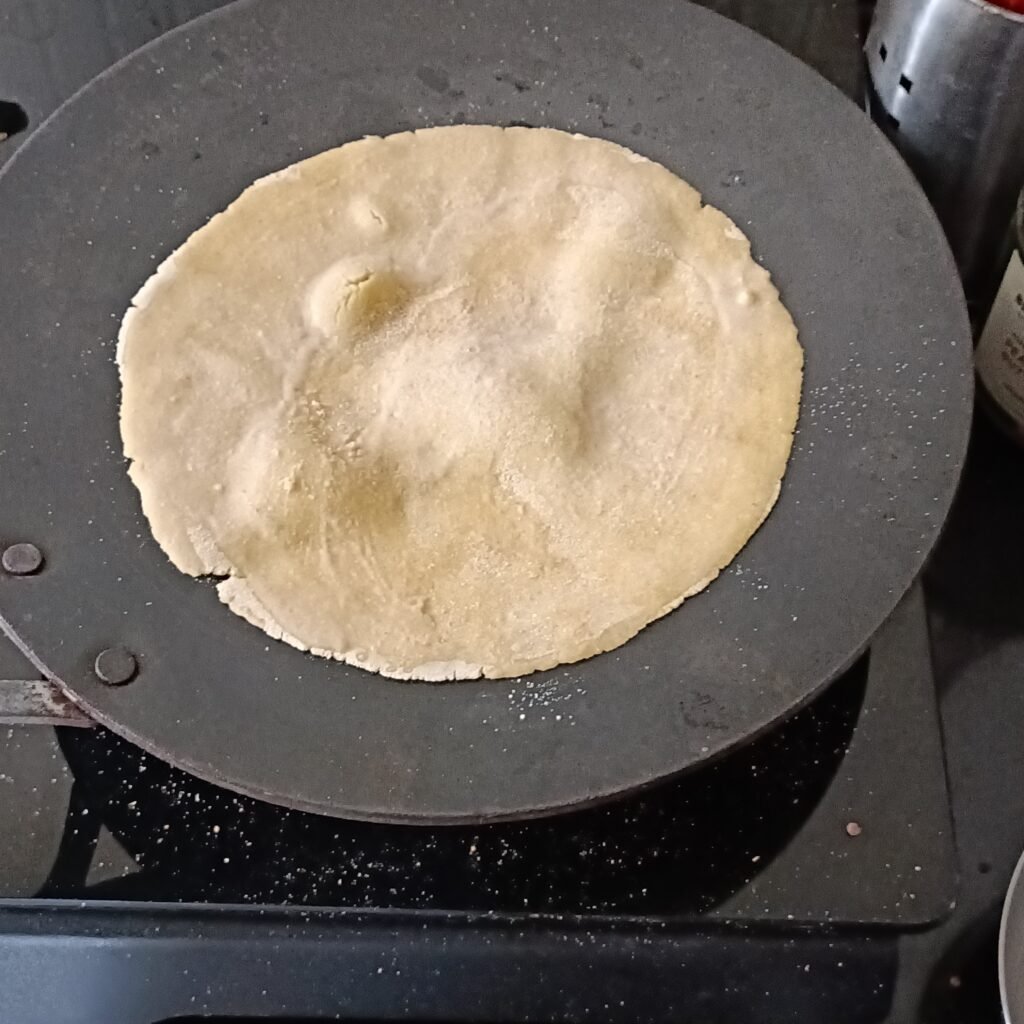

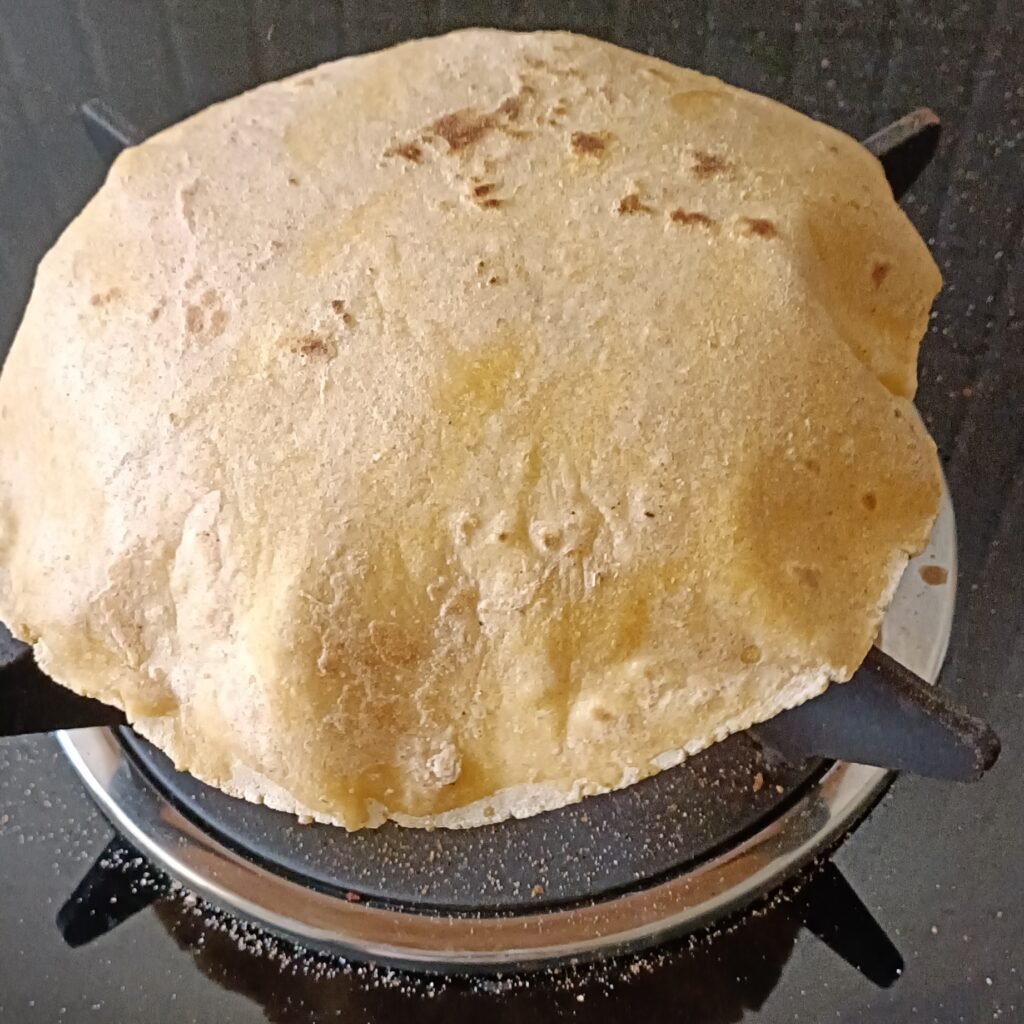
Share this:
- Click to share on Facebook (Opens in new window)
- Click to share on WhatsApp (Opens in new window)
- Click to share on Twitter (Opens in new window)
- Click to share on Pinterest (Opens in new window)
- Click to share on LinkedIn (Opens in new window)
- Click to share on Skype (Opens in new window)
- Click to share on Reddit (Opens in new window)
- Click to share on Tumblr (Opens in new window)
- Click to share on Pocket (Opens in new window)
- Click to share on Telegram (Opens in new window)
- Click to print (Opens in new window)

